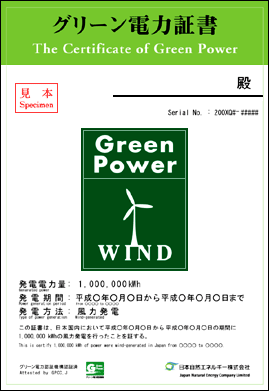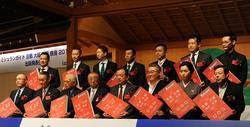ABBA: Happy New Year (1980)
From the ABBA Super Trouper album . Seems to me now That the dreams we had before Are all dead, nothing more Than confetti on the floor It's the end of a decade In another ten years time Who can say what we'll find What lies waiting down the line In the end of '89... Happy new year Happy new year May we all have a vision now and then Of a world where every neighbour is a friend Happy new year Happy new year May we all have our hopes, our will to try If we don't we might as well lay down and die You and I














